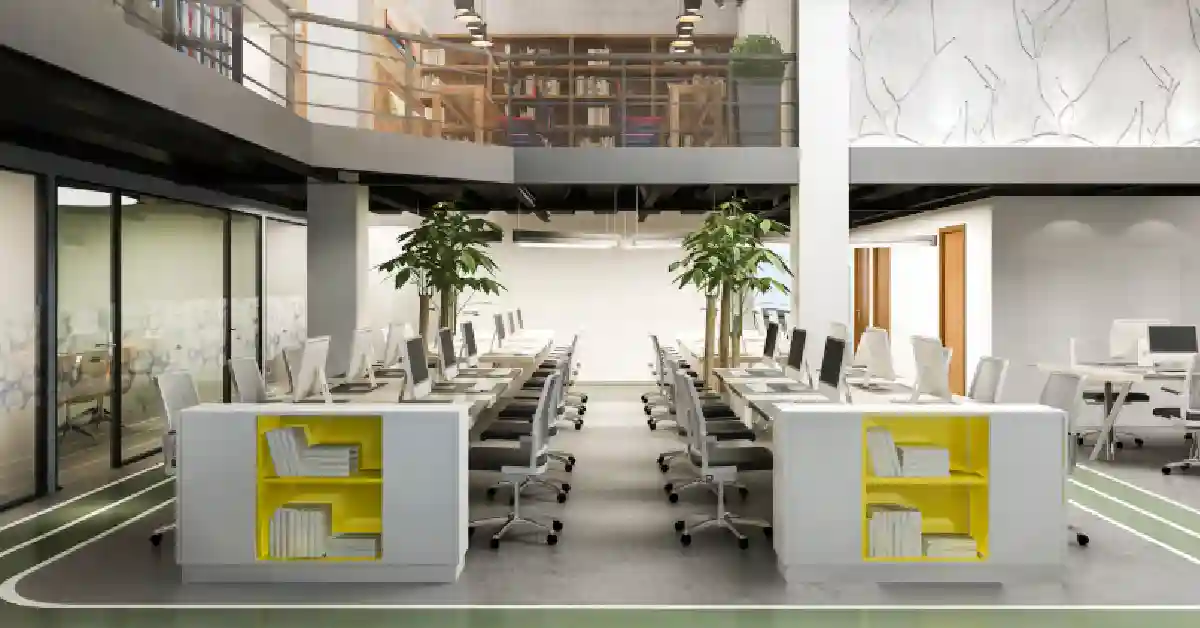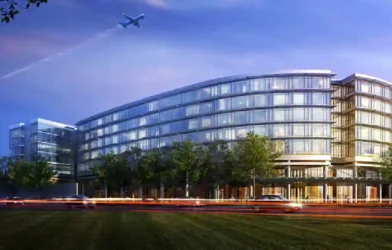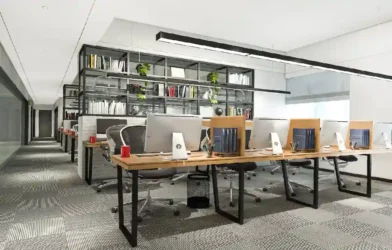Subtotal ₹0.00
India’s flexible workspace sector is entering a new phase of maturity, driven by surging corporate participation and rapid expansion across major metros. According to myHQ by ANAROCK’s Flex Office Market in India 2025 Report, the country is on track to become the largest flexible office market in the Asia-Pacific region, marking a structural shift in how companies approach workspace strategy. Once seen as a cost-saving alternative, flex offices have evolved into a strategic core of enterprise real estate planning, as corporates seek agility, scalability, and faster deployment amid changing business needs.
“Flexible workspace has moved from cost optimization to a strategic essential,” said Utkarsh Kawatra, CEO and Co-Founder of myHQ by ANAROCK. “Corporate deal sizes have risen significantly this year from an average deal size of ~63,000 sq. ft. in 2024, as organisations place greater value on speed, flexibility, and scalability in their real estate strategies. As India crosses 100 million square feet next year, we’re building the infrastructure for how modern India will work and grow.”
Key findings:
The Flex Office Market in India 2025 Report offers a comprehensive overview of the country’s flexible office market, examining stock distribution, key demand drivers, and growth prospects.
1. Stock Footprint Across India:
Bangalore dominates with 31% of India’s flex office stock, supported by a mature ecosystem serving diverse occupier segments. Enterprise demand concentrates in ORR and Whitefield, startups thrive in HSR and Koramangala, while Central Bangalore caters to premium occupiers. Hyderabad, Pune, and Mumbai each hold 12% of the national stock. Hyderabad’s western IT corridor—anchored by HITEC City, Gachibowli, and Madhapur—drives growth, with the Financial District emerging as a premium hub. > Pune’s market is led by Baner with Hinjewadi, Kharadi, and Viman Nagar sustaining Enterprise Stock, while Koregaon Park attracts mid-sized corporates. Mumbai shows balanced demand across premium CBD corridors like BKC and South Mumbai, alongside strong suburban activity in Andheri, Navi Mumbai, Powai, and Vikroli-Ghatkopar.
The NCR accounts for 26% of the market, with Gurugram leading at 10% as the most institutionalised flex market, while Noida and Delhi contribute 8% each through IT parks, expressway corridors, and premium nodes like Aerocity. Chennai rounds out the major metros with 7% of stock, centred on Guindy and Perungudi-OMR Belt.
2. Corporate Adoption Nears Parity with Startups
Flexible workspaces now account for nearly one-fifth of India’s overall commercial real estate leasing in 2025. The IT/ITeS sector remains the largest occupier at over 40% of flex demand—15% higher than its share in traditional office leasing (32%). This gap signals a structural shift in how technology companies approach the workspace.
BFSI has emerged as the fastest-growing segment, doubling its share from 4.5% in 2023 to 10% in 2025. Managed offices address the sector’s stringent compliance and security requirements, making flex an increasingly viable solution.
Average corporate deal sizes have surged from 25 seats in 2023 to 53 in 2025, representing a compound annual growth rate of 45.6%. Startups, meanwhile, have streamlined from 22 seats to 10 to maintain agility in uncertain markets.
Corporates and MNCs together now account for 36.3% of flex workspace adoption—nearly matching Start-ups (37.5%)—with corporates contributing a higher overall revenue share. However, corporate preferences for Grade A assets result in average ticket sizes 30-50% higher than startup deals, giving them a disproportionate revenue impact. Enterprise clients already account for 54.1% of the market by value.
Startups continue to evolve their flex usage, beginning with on-demand passes in early stages and transitioning to fully managed offices once they scale beyond 100 employees. This progression allows them to balance growth, brand identity, and compliance while maintaining operational flexibility.
3. Future Growth Engines:
Enterprise clients are projected to account for approximately 54.1% of total flex demand within the next 2-3 years. India’s expanding GCC sector will further accelerate growth, with 120 new centres and 40,000 jobs expected by 2026.
Hub-and-spoke models are enabling the expansion of flex offices into Tier-2 cities and suburban areas, reducing commute times and supporting ESG objectives. Sectors that have traditionally underutilised flex solutions—including Life Sciences (3% vs. 3.7% in traditional leasing), Manufacturing (5% vs. 6.2%), and Logistics (5% vs. 4.9%)—are showing early signs of adoption. Even a modest 5-10% shift in these sectors could unlock millions of square feet of new demand.
“The flex office sector has transitioned from alternative to essential,” added Kawatra. “With corporates, startups, and GCCs all accelerating adoption, we expect sustained double-digit growth. Flex is redefining the future of work in India—driving not just cost efficiency, but resilience, innovation, and inclusivity.”














